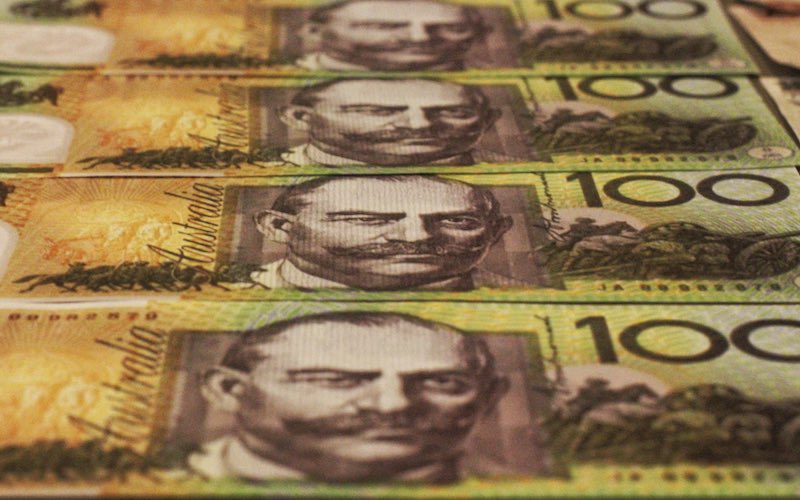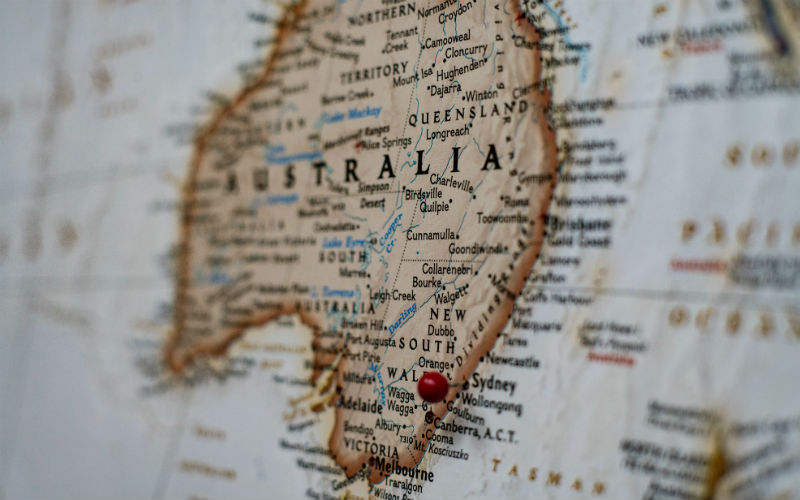The average weekly earnings for a full-time adult worker rose to $1,888.80 in November, according to Australian Bureau of Statistics data released on Thursday.
The increase continued the upward trend in earnings since the pandemic plunge of 2020.
The average, or mean, is pushed out by higher income earners; the median full-time wage is $1,600 per week in 2023, or $83,200 per annum.
The seasonally adjusted average figures are roughly in line with official Wage Price Index (WPI) data released on Wednesday, showing 4.2% wages growth in Australia over 2023.
WPI data measures pure price change across Australia’s work force while weekly earnings focuses on average dollar amounts among wage and salary earners.
Highest growth in public sector
Public servants led the charge in earnings growth with the yearly change among all public sector employees coming in at 5.6%.
This compared to growth of 3.5% among all private sector workers.
The data showed Australia’s highest weekly earnings are in the mining industry, followed by information media and telecommunications.
State by state, Western Australia saw the highest average weekly full-time earnings among adults with males taking home $2,301.60.
The ACT recorded the highest earnings for females at $1,972.90 per week.
Overall, on a gender basis, females saw higher growth in weekly earnings than males.
What does the data tell us?
Wages and earnings data over the past two days shows continued growth in income levels for Australians.
The WPI figure of 4.2% was the first time since March 2021 that wages saw higher annual growth than prices.
December quarter Consumer Price Index data put Australia’s inflation rate at 4.1% for the 2023 calendar year.
However, wages growth slowed in the December quarter to 0.9% compared to the previous quarter’s 1.3% which was the highest rate since the Wages Price Index began.
Homebuyers still behind the game
Although the data shows wages are growing faster than inflation for the first time in three years, people looking to save home deposits are little better off.
A PropTrack report forecast national property prices could see rises of 4% nationally and up to 8% in some capital cities in 2024.
Combined capital city house and unit prices finished 2023 at record levels, according to Domain data.
The median dwelling value in Australia rose another 0.4% in January to $759,437 after recording lower growth rates of 0.3% in both November and December.
CoreLogic pegged the growth rate in the 12 months to January at 8.7% - more than four percentage points ahead of wage growth.
Rent costs to remain elevated
The national rental market also saw record median rent of $601 a week at the end of the calendar year, remaining at that level in January.
However, analysts widely agree the growth rate in rents, which has seen a 27% national increase over the past three calendar years, will moderate in 2024.
Even so, recent data from lenders mortgage insurance (LMI) provider Helia found the cost of rent is a major blocker to first home buyers saving a 20% deposit to purchase their own home.
Helia put the figure of renters unable to save the target amount at 80%.
A report by the Australian Greens, using ABS data, found typical renters in Australia pay the equivalent of a house deposit in rent every five years.
Image by Melissa Walker Horn on Unsplash

Ready, Set, Buy!
Learn everything you need to know about buying property – from choosing the right property and home loan, to the purchasing process, tips to save money and more!
With bonus Q&A sheet and Crossword!



 Harrison Astbury
Harrison Astbury










